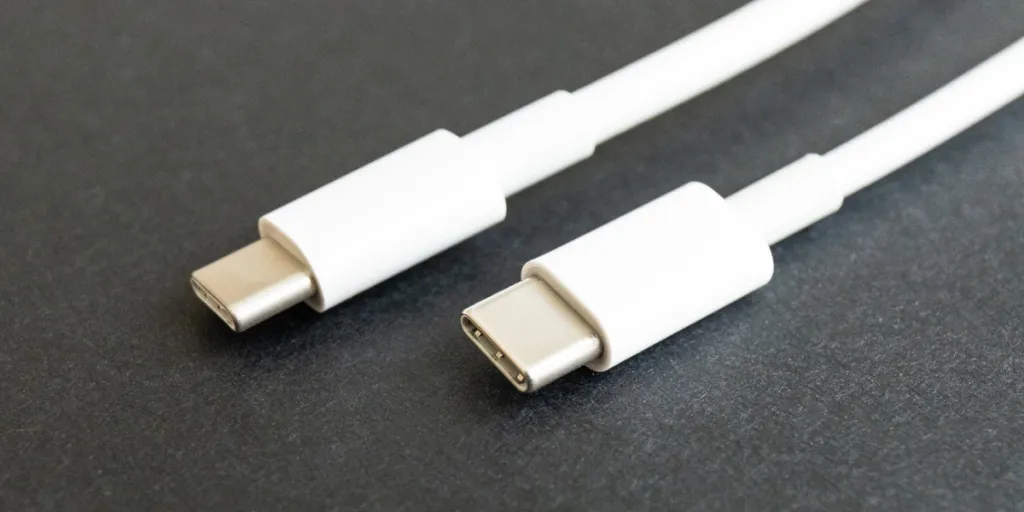The new Apple 15 phone series will now be equipped with a USB-C port, moving away from the restricted Lightning cable under the Made for iPhone (MFi) program. According to speculation, Apple may yet introduce the “Made for iPhone” certification, which would be identical to its Lightning cable certification but with the added caveat that uncertified accessories will work perfectly well.
With this news, the move to USB-C is set to open up a whole new world of possibilities for iPhone sellers and consumers. Below, we delve into everything there is to know about why Apple’s switch to USB-C matters.
Table of Contents
Why iPhone used Lightning cables instead of USB-C
Is USB-C really universal?
What retailers can expect from Apple moving to USB-C
Potential challenges and considerations
Conclusion
Why iPhone used Lightning cables instead of USB-C
Apple is synonymous with its tight control over its hardware and software ecosystem. This grip gives them control over user experience and forces third-party accessories to meet specific standards. Additionally, it enables Apple to generate more revenue by licensing its Lightning connectors to accessory manufacturers. According to this report, Apple generated about US $5 billion from selling Lightning cables alone.
What made Apple decide to switch to USB-C
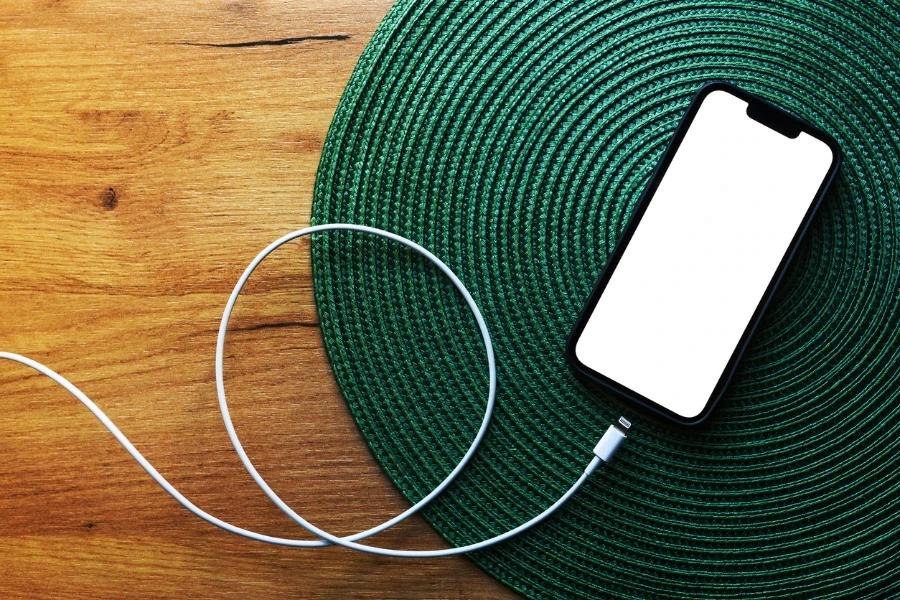
In October 2022, the EU Parliament passed a regulation requiring all new consumer electronics sold in the EU to have USB-C charging by the end of 2024. This regulation is part of the EU’s broader efforts to reduce electronic waste and empower consumers to make more sustainable choices.
Given that Europe makes up about a fifth of all Apple sales, they had no option but to comply with the terms to maintain their footing in the European market.
Is USB-C really universal?
USB-C was meant to be a universal charging standard, but a few different protocols have come into use since it was first launched. The most common is the USB 3.1 Gen 2, which can transfer data at up to 10Gbps. Many new laptops, tablets, and phones currently use this standard.
However, some devices use the older and slower USB 3.1 Gen 1 (5Gbps) or USB 2.0 (480Mbps) via a USB-C connector. To make matters more confusing, Thunderbolt 3 also uses a USB-C port but can achieve up to 40Gbps transfers.
Most mainstream tech will use the same charging port and cable with iPhones, switching to a USB-C connector. While these ports are the same, not all USB-C cables or chargers have the same transfer speeds and specifications, meaning they won’t work in the same way across devices. Therefore, consumers will need to check their devices’ specs to ensure maximum compatibility and performance.
What retailers expect from Apple moving to USB-C
Below, we’ll look into what retailers can expect in terms of changes to their business and hardware compatibility from Apple moving to USB-C.
- Economic opportunities for accessory makers
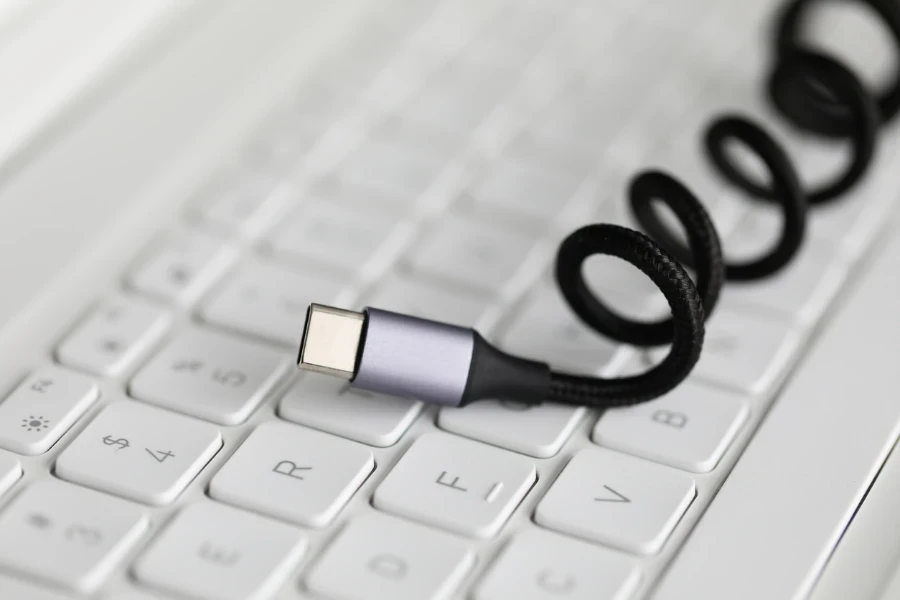
Retailers who sell iPhone accessories can expect new business opportunities following Apple’s move to USB-C. With the switch, third-party accessory makers will likely release USB-C versions of existing products like chargers, cables, portable chargers, and adapters. People upgrading to the new iPhones will need to replace their old Lightning accessories, so retailers can promote sales of USB-C replacements.
USB-C also opens iPhones up to a broader range of compatible accessories already on the market, like USB-C headphones, portable monitors, external storage drives, and more. Retailers can now advertise these USB-C products to iPhone owners looking to use their newfound connectivity.
The move to this standard, Android-shared port is also likely to make some customers more open to cross-platform accessories that work with both iPhones and Android phones. Retailers can tap into this opportunity by stocking up on USB-C products compatible with both mobile operating systems.
- Accelerated charging and power delivery
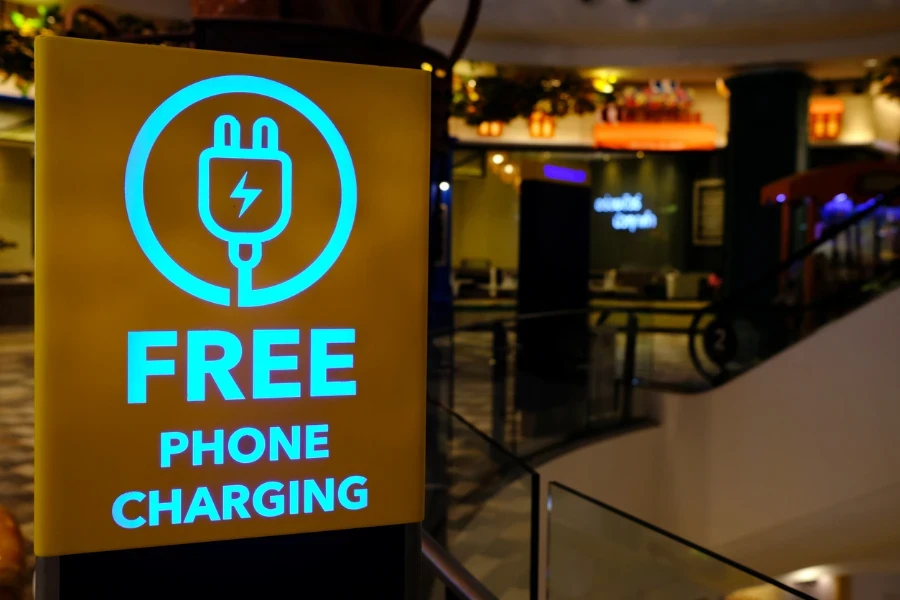
The move to USB-C opens up more opportunities for retailers to provide services like accelerated device charging and power delivery. With USB-C, the latest iPhones will charge faster than previous models. Retailers can install high-powered USB-C charging stations in their stores so that customers can quickly charge their iPhones while shopping.
They can also showcase power delivery features to customers looking for the fastest charging experience. Since the common USB-C standard also allows for more rapid charging and data transfer speeds, retailers can highlight these benefits to upsell customers who want to explore USB-C’s capabilities.
Transitioning to USB-C means good things for retailers looking to grow their iPhone and accessory sales. By preparing the right products and services now, retailers will be poised to gain additional business from customers eager to upgrade to the latest USB-C-compatible iPhones. The future is USB-C, and retailers who get on board early have more chance at finding success in this growing market.
- User-centric convenience
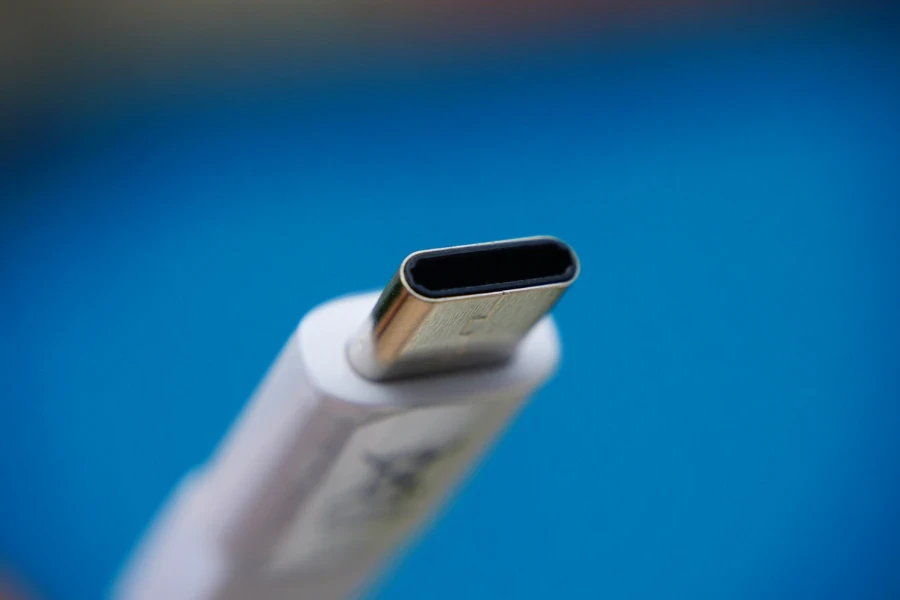
Moving to USB-C will make the latest iPhones more convenient and accessible for customers. With USB-C as the standard charger, people can use the same charger for their laptops, tablets, and phones. This universal compatibility means fewer cables to carry around and fewer chargers needed.
A universal USB-C iPhone opens up more opportunities for retailers to sell accessories. They can now market USB-C chargers, cables, dongles, and adapters to new iPhone owners. Retailers can also sell USB-C replacements to customers looking to upgrade their iPhones and other Apple devices.
In addition, the switch to USB-C may drive iPhone sales for those wanting the latest features and a more convenient charging experience. Retailers can highlight how new USB-C-compatible iPhones offer simplified and cross-device compatibility in their marketing and sales presentations.
- Enhanced compatibility and interoperability
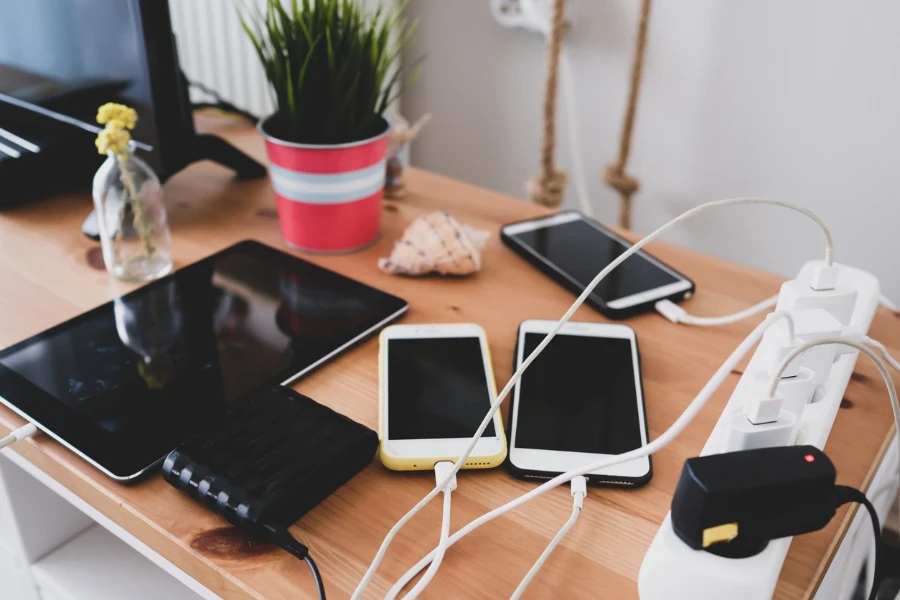
Retailers will benefit significantly from iPhones switching to USB-C. The move to a universal charging standard means enhanced compatibility and interoperability for consumers.
With USB-C, iPhone owners will be able to use the same charging cables and power adapters for their other USB-C devices, such as the iPad Pro, MacBook, and some Android phones. This convenience and flexibility allows retailers to market various USB-C accessories, including:
- USB-C charging cables, both basic and high-performance braided cables
- USB-C power adapters and chargers, including multi-port chargers
- USB-C hubs and dongles to connect iPhones to USB-A, HDMI, and ethernet cables
- USB-C headphones, headsets, and earbuds
- USB-C external storage drives for easy data transfer
Moving to a common standard is a win for iPhone users and retailers. With enhanced connectivity and a more comprehensive range of compatible accessories to choose from, retailers will surely benefit from the increased interest and opportunity to upsell USB-C products.
- Expansion of the accessory ecosystem
The move to USB-C also means an expansion of the iPhone accessory ecosystem. More USB-C products like chargers, cables, adapters, and other peripherals will emerge to support the new port. Retailers have a chance to sell new USB-C gear to iPhone owners looking to replace their old Lightning accessories.
The common USB-C standard also allows for faster charging and data transfer speeds. Retailers can highlight these benefits to upsell customers to more advanced charging bricks, wireless chargers, portable batteries, and other high-performance accessories that take full advantage of USB-C compatibility.
With a wider range of interoperable accessories, retailers may see customers buying more types of add-ons simultaneously instead of being locked into the proprietary Lightning ecosystem. The options for one-stop shopping will grow, creating more opportunities for bundling and cross-selling other products.
- Streamlined product development
Streamlining product development is another benefit sellers will enjoy from Apple’s switch to USB-C. With a single charging standard across all new iPhones, retailers, and accessory makers will no longer have to produce separate products for Lightning and USB-C models. Instead, they can focus their R&D and manufacturing efforts on a single type of charging cable, dock, battery, or other power product.
Additionally, manufacturers will produce similar products like USB-C-to-Lighting cable adapters that will cater to users of older iPhone models. This simplification will lower production costs and speed up the product development cycle.
- Laying the foundation for future technologies
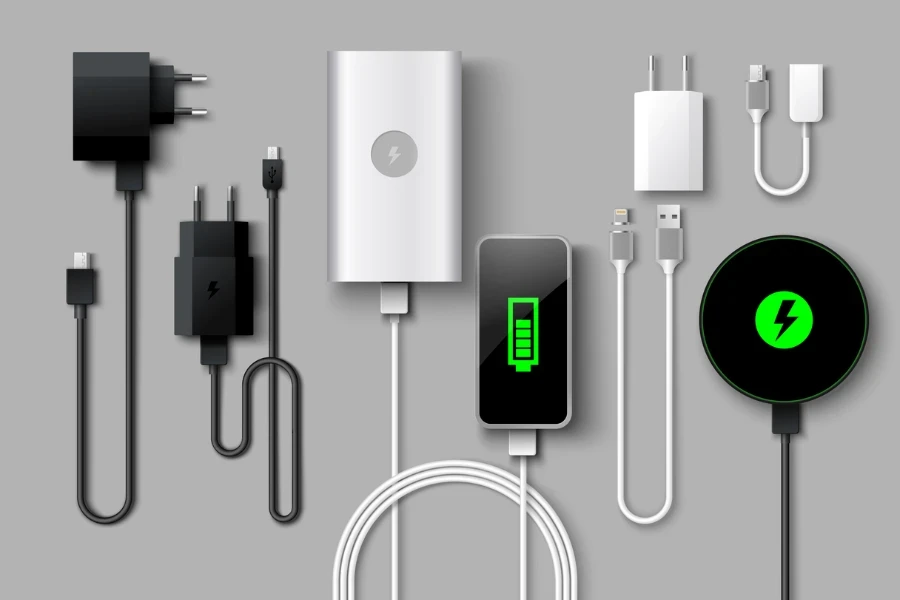
Staying up to date with trends in consumer tech allows retailers to anticipate their customer’s needs and provide them with the products they’re looking for. As more phones, tablets, and laptops move to USB-C, retailers who get on board early will be ahead of the curve.
By providing USB-C cables, chargers, and other accessories in their inventories, retailers will be ready for the new iPhones as soon as they launch. They’ll also be assured that they are serving customers with the latest technology and gear that’s compatible with other modern devices. This forward-looking strategy will assuredly build loyalty and repeat customers.
Potential challenges and considerations
- Apple might ask for licensing
Apple’s move to USB-C for iPhones presents one major challenge – licensing. Since Apple may require licensing for their USB-C protocol, this could limit the number of devices and accessories that can connect to new iPhones.
Apple may design their USB-C ports so that they only work with Apple-certified devices and accessories. This means iPhones may not be compatible with any USB-C cable, charger, or other device. Apple could charge licensing fees to accessory makers to become certified, driving up consumer costs and limiting their choices.
On the other hand, a move to USB-C is an opportunity for iPhone users to access a broader range of compatible accessories as the platform becomes more ubiquitous. With the right adapters, iPhones may work with USB-C devices from other tech companies. Over time, more affordable, licensed options will emerge.
- Compatibility of existing accessories
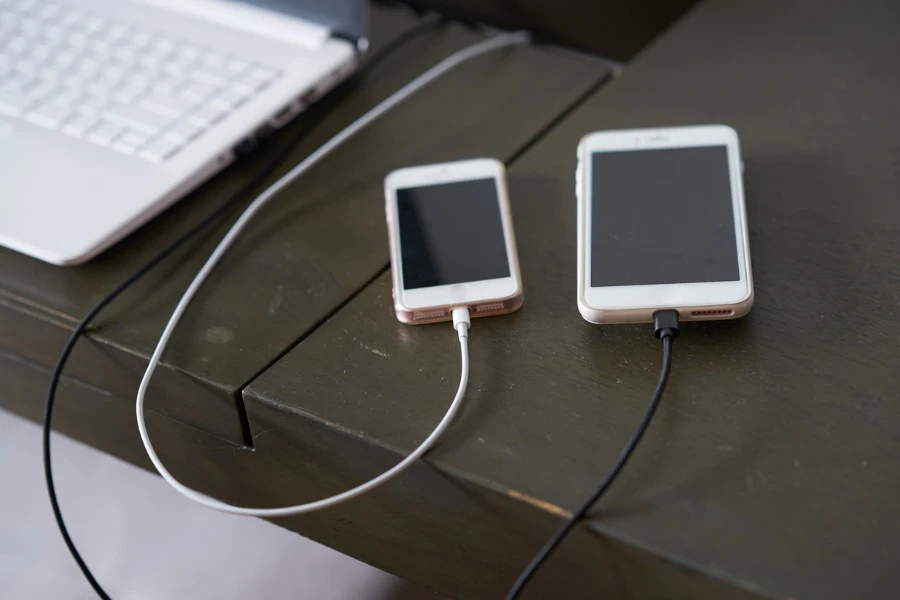
Existing iPhone accessories may not work right away with the new USB-C charging port. Many third-party accessories, like chargers, headphones, speakers, and other devices, currently use Apple’s proprietary Lightning connector, which will no longer be compatible with the latest iPhones featuring USB-C.
While USB-C is an open standard used by many other phones and laptops, the switch may still frustrate some long-time iPhone owners who have collected various Lightning accessories over the years. They will have to purchase new USB-C versions to use with the latest iPhone models. However, USB-C does offer some benefits, like faster charging and data transfer speeds compared to Lightning.
The move is necessary for iPhones to keep up with the latest industry standards, even if it requires some temporary growing pains. In the long run, having a universal charging standard will be more convenient for most users. Third-party accessory makers will also likely release many new USB-C options to support the updated iPhones.
- Transition costs
Users will need to purchase new USB-C to Lightning cables or USB-C chargers to charge their iPhones with USB-C. For those with multiple iPhones or iPads, the costs to switch all devices to USB-C may add up quickly. Using adapters is a temporary solution but can be inconvenient over the long run.
The switch to USB-C will ultimately benefit iPhone users via faster charging and data transfer speeds. However, the short-term hassles and expenses of transitioning should not be overlooked. With some planning, iPhone adherents are likely to research the best way for them to make the move to USB-C.
- Adoption curve
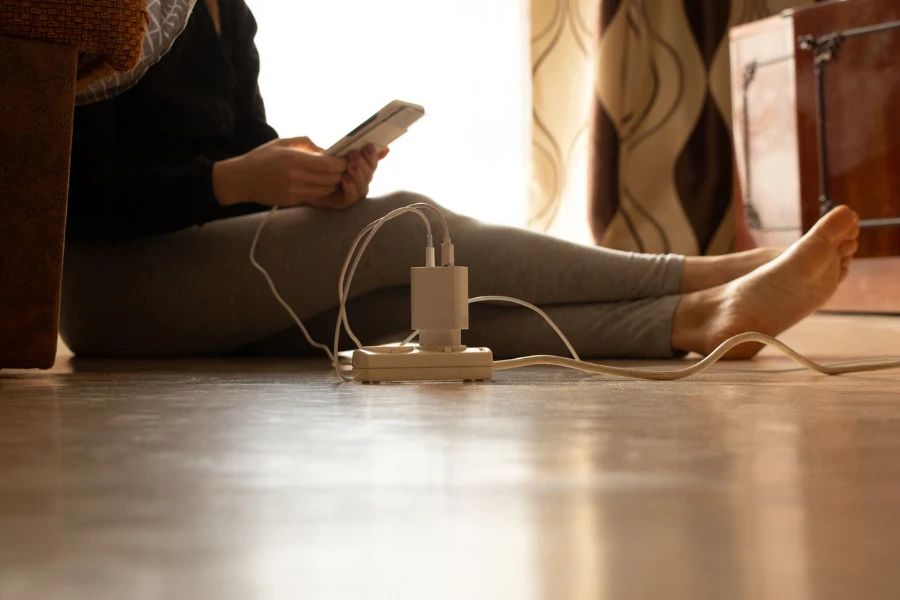
As with any new technology, there is an adoption curve, and Apple’s move to USB-C is no acception.. It is therefore a given that not all iPhone owners will immediately embrace the USB-C port.
Some may be hesitant to switch from the Lightning cable they’re accustomed to, while others may need time to upgrade other accessories and chargers to be compatible with USB-C. During this transition, early adopters could have frustrations dealing with incompatible accessories or cables. However, the long-term benefits of a universal charging standard and faster charging and data transfer speeds will likely win over initial naysayers.
Conclusion
In short, iPhone switching to USB-C is a big deal. It shows that Apple is willing to make changes to keep up with consumer and industry demands, at least when the threat of diminished earnings is on the table. Nevertheless, USB-C opens up a new world of possibilities for iPhone users to connect to other devices, charge faster, and improve future iPhone designs. Even though Lightning served its purpose, technology marches on, and USB-C is the connector of the future. While change can be tricky, the benefits of switching to USB-C will eventually speak for themselves. Therefore, it’s advisable that iPhone fans prepare to welcome the move to USB-C with open arms… and a new accessory or two.
To find all the latest USB-C-related products from a massive range of trusted sellers, head to Alibaba.com.
